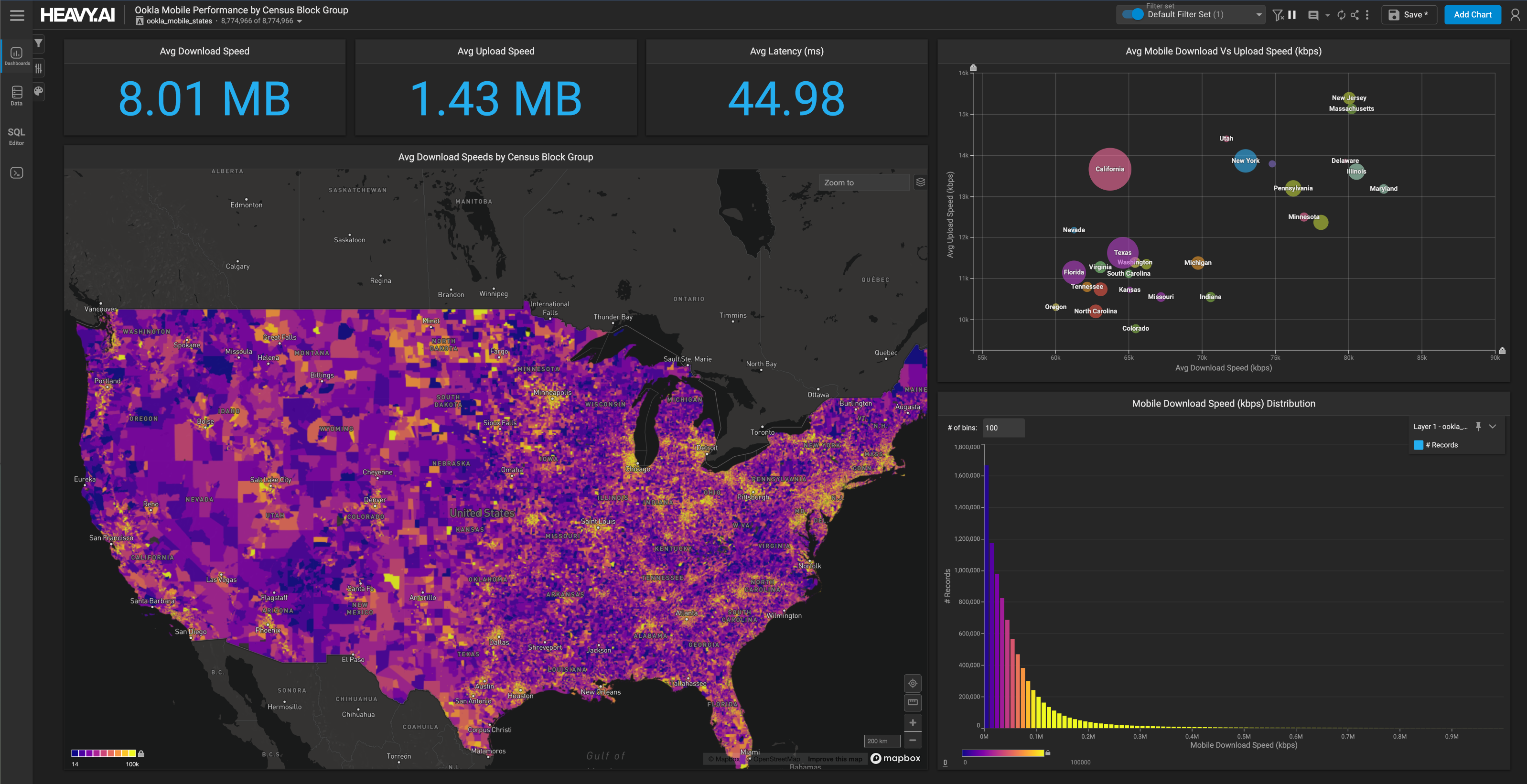
Using Random Forest and LSTM, Abraham Duplaa demonstrates how OmniSciDB and OmniSci Immerse complements the PyData ecosystem of data science tools.

As we ramp up for 2020, we are excited to announce our involvement at these upcoming events.

It’s been a huge year for OmniSci — 12 months of unprecedented growth, accomplishments and developments in accelerated analytics and data science. Check out some highlights of an incredibly eventful year.

What is the greatest innovation that has affected your geospatial workflow in the last decade? For this end of year post, I look back over the past decade or so and share thoughts on a couple of historic milestones that I see. Then I share why I believe OmniSci has tapped into the next great innovation: geospatial analytics at scale.

In this sequel post to analyzing San Francisco traffic, we include incident data as well as weather data. OmniSci is used to uncover meaningful insights, such as finding accident patterns and identifying the most dangerous intersections in the Bay Area.

As companies perform more real-time analytics, the Extract-Transform-Load (ETL) data processing model becomes too slow to support the business. Here’s how to run an Extract-Load-Transform (ELT) pipeline with OmniSciDB.

Meeting old friends of MapD and new friends of OmniSci. Learn about the highlights from OmniSci’s week at AWS re:Invent 2019 in our post-event wrap-up blog.

OmniSci 5.0 adds powerful new visual analytics and data fusion capabilities for spatiotemporal data, extensibility with User Defined Functions and significant performance improvement.

Check out all the highlights of Team OmniSci at Microsoft Ignite 2019 in Orlando. Learn more about accelerated analytics and visualization with OmniSci on Microsoft Azure.

Empowering the Geospatial Analyst on GIS Day with accelerated geospatial analytics.




